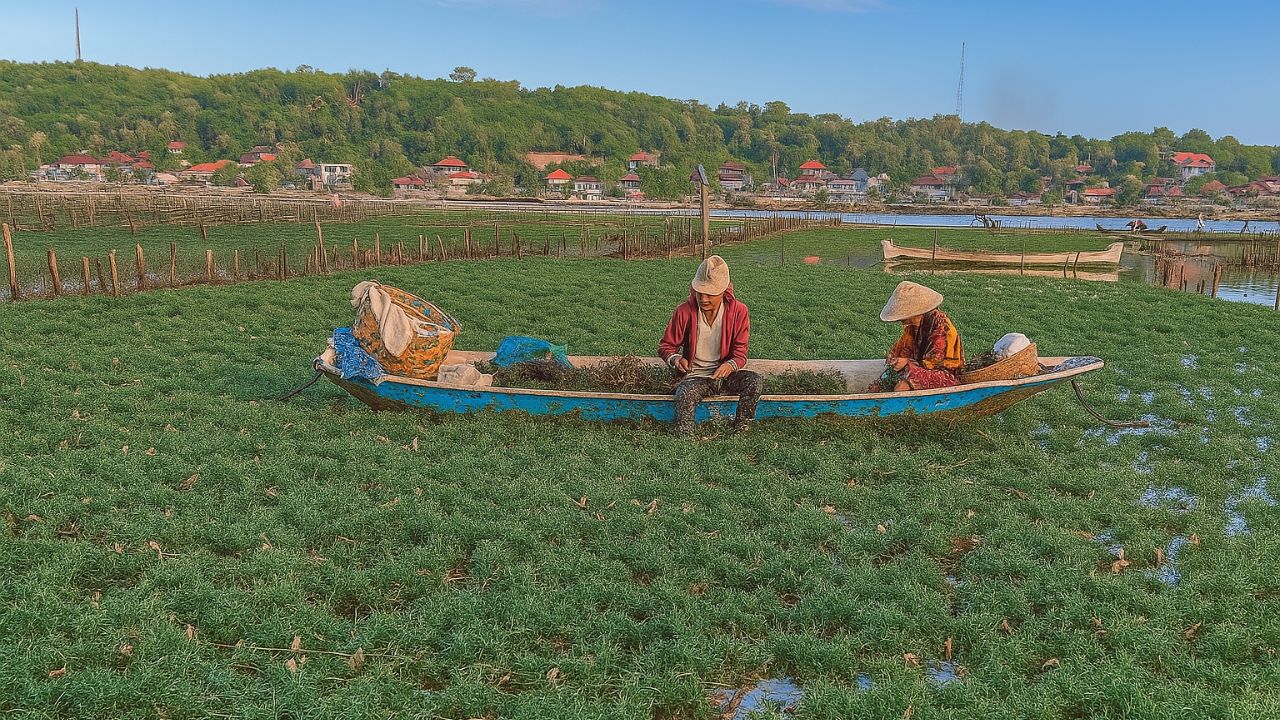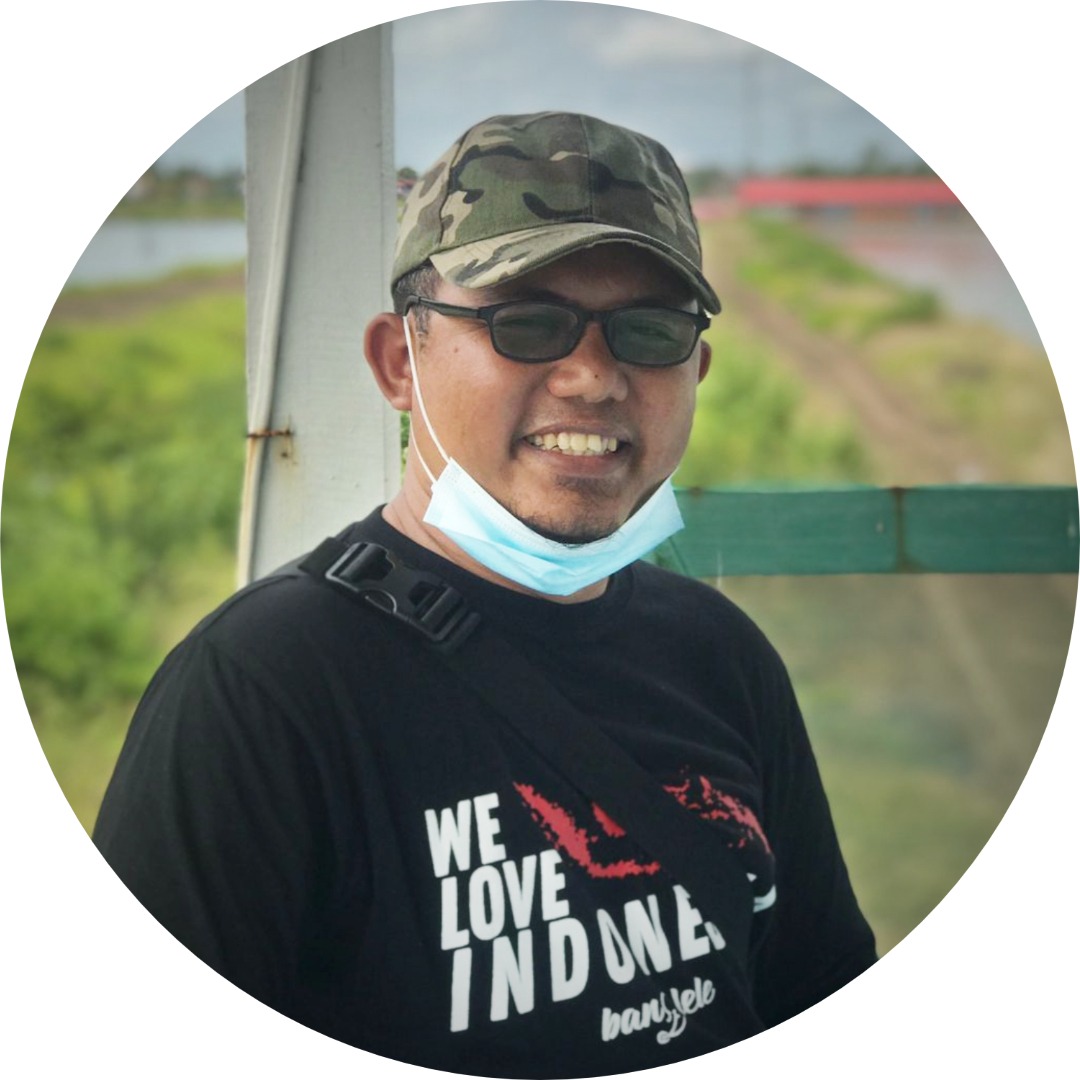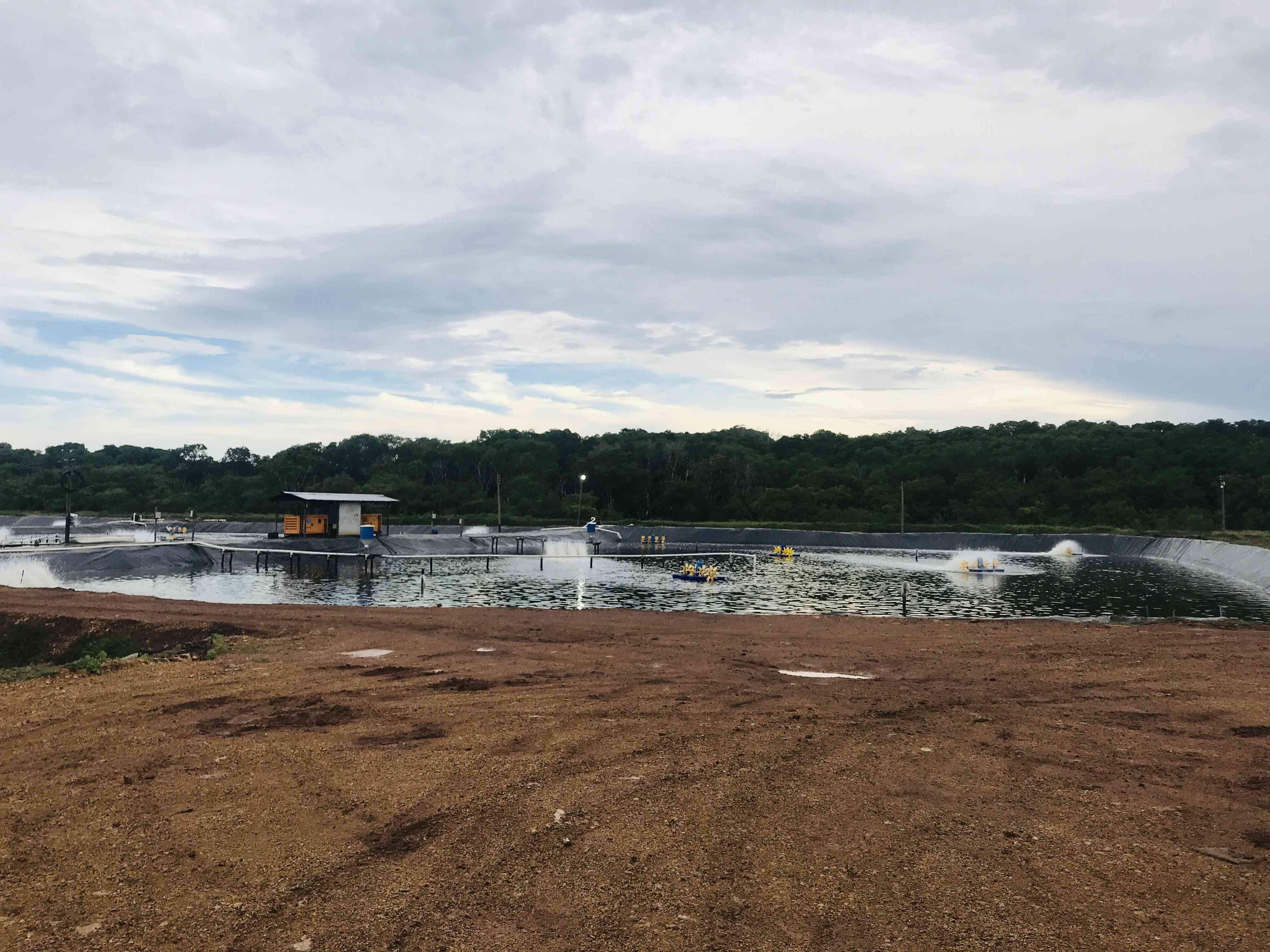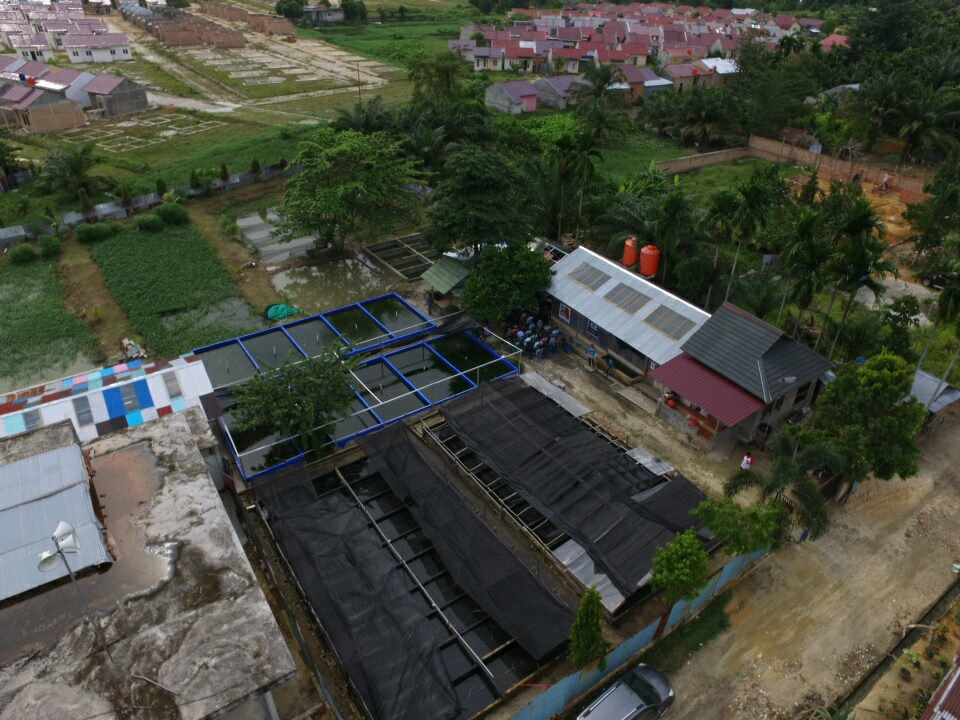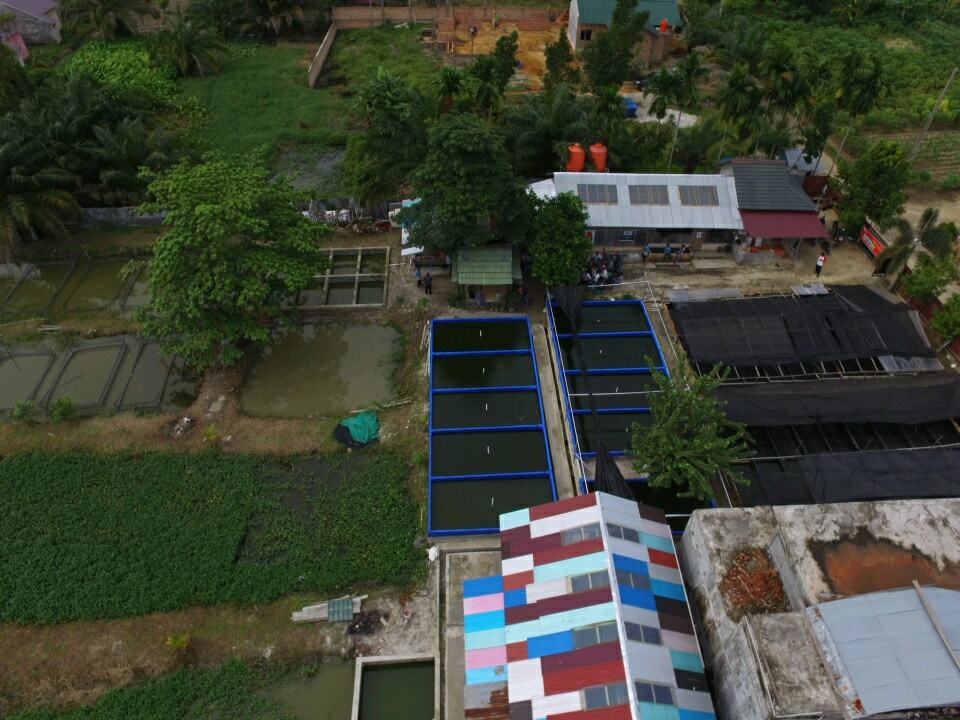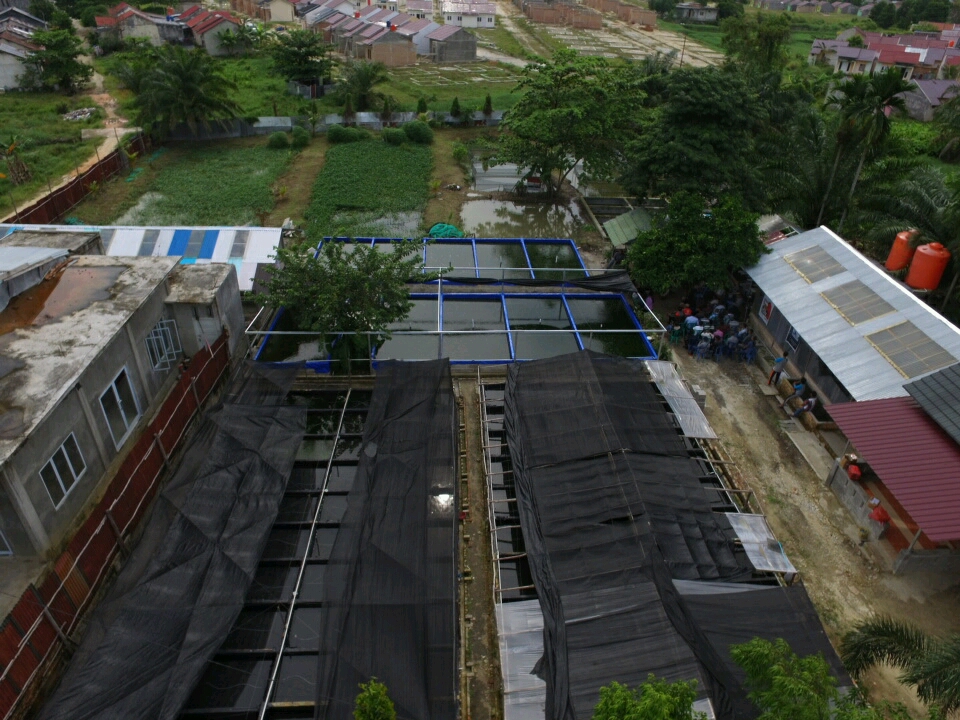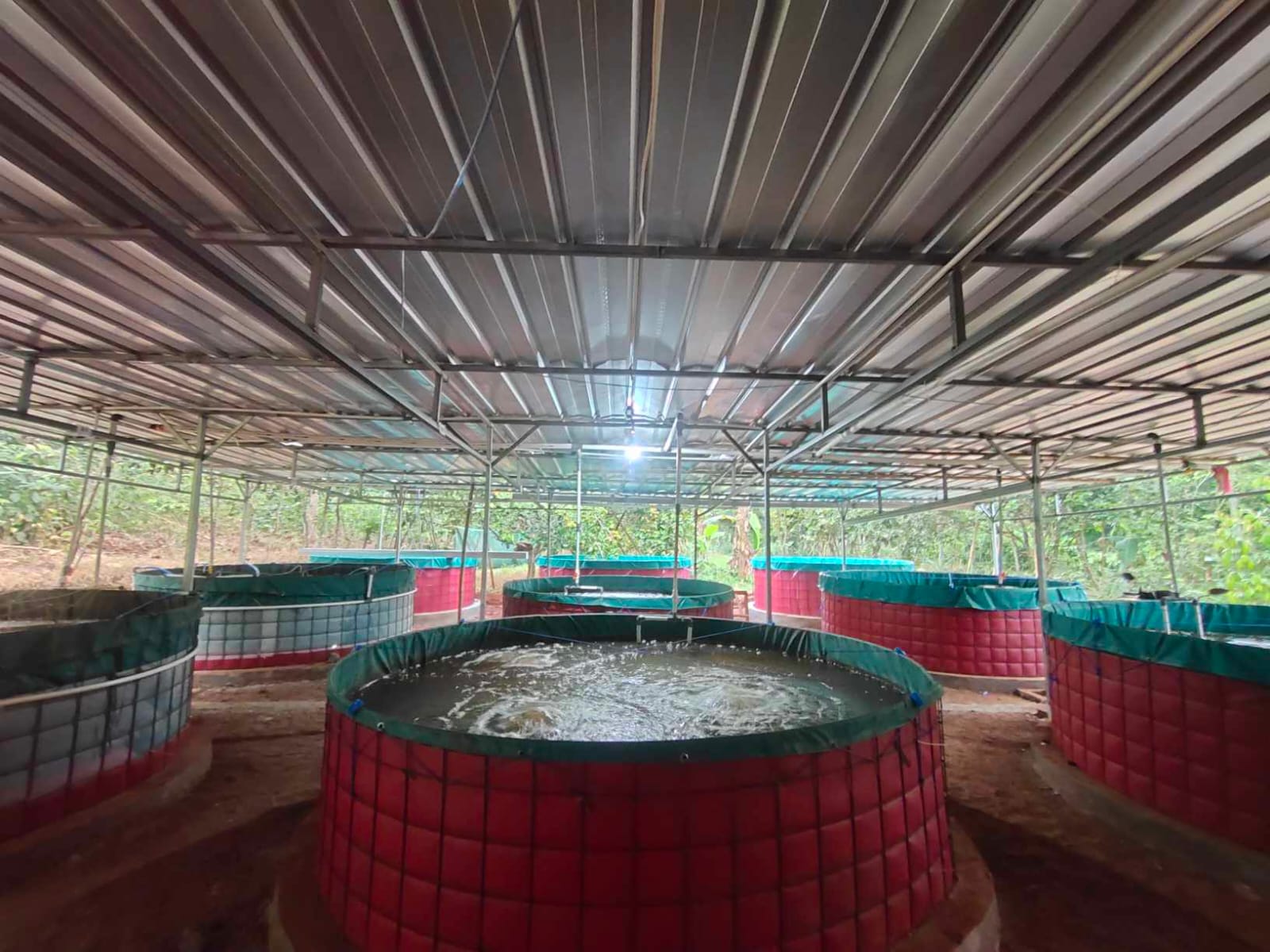The coastline of Nusa Lembongan today offers a scene of captivating contrast. On one hand, tourist boats once again slice through the turquoise waters, ferrying visitors eager to rediscover the island’s renowned beauty. On the other, stretching across the shallows between Nusa Lembongan and its smaller neighbor, Nusa Ceningan, lie lush, green plots where farmers work diligently under the tropical sun. This is not a relic of a bygone era but a living symbol of a new economic dualism, born from a global crisis.
This is the story of the resurgence of seaweed cultivation on Nusa Lembongan, a tradition nearly extinguished by the dazzling allure of tourism, only to re-emerge as an economic savior during the storm of the COVID-19 pandemic. Now, in the wake of that upheaval, this ancestral craft is not merely surviving; it is forging an innovative and symbiotic new relationship with the very industry that once threatened to erase it.
A turning point: the perils of a singular reliance on tourism
Before the world changed in March 2020, Nusa Lembongan was the quintessential tropical paradise, its economy pulsing in perfect rhythm with the arrival of international travelers. Since tourism began its rapid ascent around 2008, the majority of the island's residents had gradually set aside their hereditary professions as seaweed farmers and fishermen. The logic was simple and compelling: tourism offered incomes that were significantly higher and faster than those from aquaculture or fishing.
As a result, the seaweed farms that had been the backbone of Nusa Lembongan’s economy since the 1980s were slowly abandoned through 2014, and by 2017, they had all but vanished. The sea, once a patchwork of green cultivation plots, had transformed into a busy thoroughfare for tourist vessels.
Then, in March 2020, the island was stunned. The COVID-19 pandemic swept across the globe, and the intricate machinery of international travel ground to a halt. The closure of airports and imposition of social restrictions paralyzed tourism on Nusa Lembongan. Hotels, restaurants, and villas lining the coast fell silent. The once-bustling pier became a place of profound quiet. Thousands of workers lost their jobs almost overnight, and local revenues plummeted. For the people of Nusa Lembongan, it was a moment of "total crisis" that threatened the very foundations of their lives.
This painful chapter, however, delivered an invaluable lesson. As experts and community leaders noted, the pandemic exposed the extreme fragility of an economy built on a single pillar. The island's singular dependence on tourism had proven to be a high-risk gamble. This stark realization became a critical turning point, compelling the community to look inward and unearth the sources of income they had left behind.
The return to seaweed cultivation was remarkably swift and widespread, beginning almost the moment tourism stopped. This phenomenon was not a matter of learning a new trade but of reactivating what could be described as an "economic muscle memory." Seaweed farming is a cultural heritage, a tradition ingrained over generations. When the modern economic model failed, the community did not look for unfamiliar alternatives. Instead, they turned instinctively to what they knew best: the sea and its green gold. The technical skills, the deep understanding of the seasons, and the social networks that support the practice were all preserved in the community’s collective memory, lying dormant but not forgotten. The crisis served as the catalyst that reawakened this knowledge, providing the most logical and accessible defense against economic collapse.
The economic pulse of seaweed
During the peak of the pandemic, between 2020 and 2021, as tourism lay dormant, seaweed cultivation transformed into the sole source of income for hundreds of families on Nusa Lembongan. It was no longer a side job or a nostalgic practice but the very backbone supporting the island's economy. While the income from seaweed harvests did not match the earnings from tourism in its heyday, it proved absolutely essential for meeting daily needs and keeping the local economy turning over.
In a fascinating turn, a market anomaly occurred during the crisis. While global logistics and supply chains were severely disrupted, the international demand for dried seaweed remained high. This imbalance caused prices to skyrocket, at times reaching between IDR 40,000 and IDR 49,000 per kilogram. This highly attractive price point became a powerful incentive, encouraging more residents to return to the sea and significantly improving their welfare during a period of immense hardship.
Furthermore, the revival highlighted a key social difference between the two sectors. Tourism can sometimes create significant income disparities, but seaweed farming proved more accessible to the broader community. Its relatively low initial capital requirements and its reliance on communal coastal areas allowed for a more equitable distribution of economic benefits across all levels of society.
The technical craft of Nusa Lembongan's green gold
The resurgence of this marine agriculture is sustained by technical knowledge passed down through generations, refined with some modern adjustments. Though the process may appear straightforward, it demands meticulous care and a profound understanding of the coastal ecosystem.
a. The cultivation process
The quality of a harvest depends fundamentally on superior seedlings. The species of choice is Eucheuma cottonii, prized for its high quality and yield of valuable compounds. These seedlings are typically sourced from nursery centers on the nearby islands of Lombok and Sumbawa, which are known for producing the best stock. From there, they are distributed to cultivation sites across Bali, with Nusa Lembongan and Nusa Penida serving as key production hubs.
Harvested seaweed: Banglele Indonesia
The planting process begins with tying small seedlings to short ropes, an activity often undertaken communally, involving entire families. The meticulous work frequently sees women and children participating alongside the men. These short, seeded ropes are then attached to a longer main line, known as a tali ris, which facilitates their arrangement in the sea. A single main line, typically 5 meters (about 16 feet) long, can hold around 35 bundles of seaweed seedlings.
These lines are then stretched across shallow waters and tied to wooden stakes driven into the seabed. This technique, known as the off-bottom method, allows the seaweed to float approximately 30 centimeters (about 1 foot) above the seafloor. This position is ideal, ensuring the crop receives sufficient water circulation and optimal sunlight while protecting it from being buried by shifting sands. A typical cultivation plot of 200 square meters (about 2,150 square feet) can produce 400 kilograms (about 882 pounds) of wet seaweed per month.
b. A cycle of rapid growth and high productivity
One of the greatest advantages of seaweed farming is its rapid production cycle. The time from planting to harvest is remarkably short, ranging from just 20 to 45 days. This allows farmers to harvest multiple times a year, providing a more stable and consistent income stream. In terms of output, every 100 square meters (about 1,076 square feet) of cultivation area is estimated to yield around 200 kilograms (about 441 pounds) of wet seaweed each month. Given that wet seaweed has a water content of about 80 percent, this harvest translates to approximately 40 kilograms (about 88 pounds) of dried, market-ready product.
c. Challenges in cultivation
Despite its promise, seaweed farming is not without its difficulties. Cultivators must constantly contend with a range of natural threats that can devastate a harvest.
- Pests and predators
Farmers must regularly inspect their crops for attacks from herbivorous fish like the rabbitfish (Siganus sp.), which feeds on the seaweed’s thallus, or stem. Other predators, including sea urchins and starfish, can also cause significant damage to the plants.
- Seaweed weeds
Wild algae and mosses, such as Chaetomorpha crassa, can attach to the seaweed, creating harmful competition. These weeds block sunlight and absorb vital nutrients from the water, ultimately reducing the quality and growth rate of the crop.
- Ice-ice disease
This is the most serious and feared threat among farmers. Often triggered by extreme fluctuations in water temperature and salinity, the disease is caused by a bacterial infection in stressed seaweed. It causes the thallus to turn white, become brittle, and eventually disintegrate, resembling melting ice. A severe outbreak can lead to a total crop failure within a single cycle.
The new face of Nusa Lembongan: a symbiosis of sea farming and tourism
As the global tourism sector began its recovery in 2022 and 2023, Nusa Lembongan faced a new dilemma. Many residents, particularly those from the younger generation, were drawn back to tourism, which was once again perceived as offering more stable and profitable work. Consequently, the number of active seaweed farmers fell sharply, from a pandemic-era high of around 506 to just a few dozen. At the same time, the price of dried seaweed returned to normal levels, at one point falling as low as IDR 12,000 per kilogram, further diminishing its financial appeal.
Facing this challenge, the community of Nusa Lembongan responded not with surrender, but with brilliant innovation. They developed a concept that bridges the two sectors, transforming the seaweed farms into educational tourist destinations. Today, visitors can join tours led by local farmers—who now double as guides—to learn about and experience the entire cultivation process, from tying seedlings to planting and harvesting. When water conditions permit, tourists are even invited to step into the shallows and see the farms up close.
Seaweed ponds that have receded: Banglele Indonesia
This innovation marks a fundamental paradigm shift. Before the pandemic, tourism and seaweed farming were often seen as competitors, vying for the same limited coastal space. The activity of tour boats and the construction of seaside properties posed a potential threat to the cultivation plots. This new model, however, transforms that competition into a synergy. The seaweed farms, which might once have been considered an obstruction to a pristine view, have become a tourist attraction in their own right.
This represents an evolution from a binary economic model—tourism OR seaweed—to a hybrid one: tourism AND seaweed. The crop is no longer just a raw commodity; it has become an integral part of Nusa Lembongan’s tourism product. This intelligent adaptation not only diversifies income sources but also fosters an ecosystem where both sectors can strengthen one another, offering a potential blueprint for a more sustainable form of tourism that integrates and celebrates local culture and livelihoods.
Economic potential and the seaweed value chain
Currently, the seaweed supply chain on Nusa Lembongan operates along traditional lines. Farmers sell their dried harvest to local collectors in Kusamba, a port town in the Klungkung regency, who then forward it to processing plants on the island of Java, primarily in Surabaya. From there, the vast majority is exported as a raw material to countries around the world. China is the dominant market, absorbing as much as 70 percent of Indonesia’s total seaweed exports.
This model places the farmers at the very beginning—and the most vulnerable point—of the global value chain. They sell a raw material at prices that fluctuate wildly, dictated by international market dynamics far beyond their control. The significant economic value is added much later and far away from the island, when the seaweed is processed into high-value derivative products. It is a classic example of the "commodity trap," in which the producers of the raw material receive only a small fraction of the final profit.
The path out of this trap lies in moving downstream by developing a local processing industry. The Eucheuma cottonii cultivated on Nusa Lembongan is a primary source of carrageenan, a hydrocolloid compound in high demand across numerous global industries. Carrageenan is a versatile thickening, stabilizing, and gelling agent used extensively in food production—from processed meats like sausages and nuggets to dairy products like yogurt and ice cream—as well as in cosmetics for lotions and in pharmaceuticals for capsules and tablets.
Seaweed dodol: PPB Lembata/Maria H. Sinuor
Empowerment initiatives by the Klungkung regency government, which encourage the creation of cottage-industry products like dodol (a traditional sweet) and seaweed crisps, are a positive first step. However, the true potential lies in developing small- to medium-scale processing facilities at the local level. Such facilities could produce semi-finished products like Semi-Refined Carrageenan (SRC), which commands a much higher market price than raw dried seaweed, allowing the community of Nusa Lembongan to capture a far greater share of the value they so diligently cultivate from the sea.




